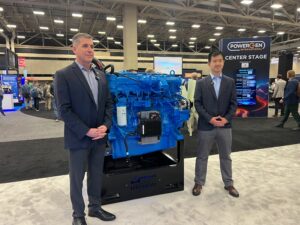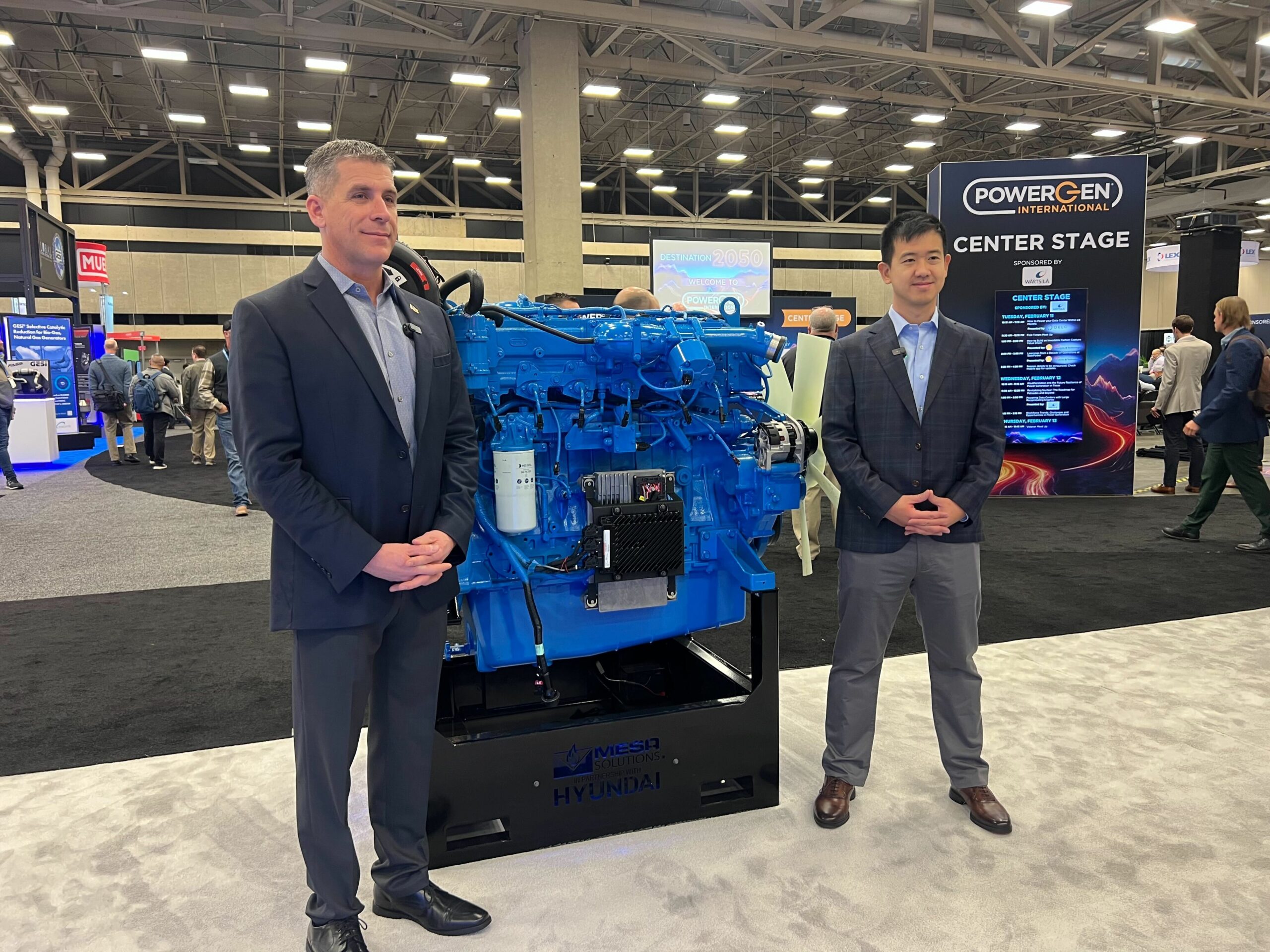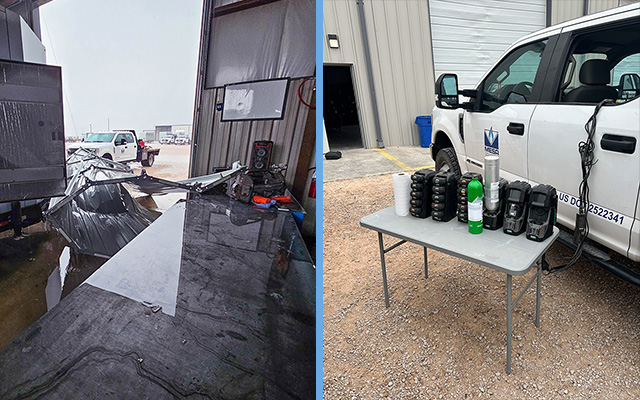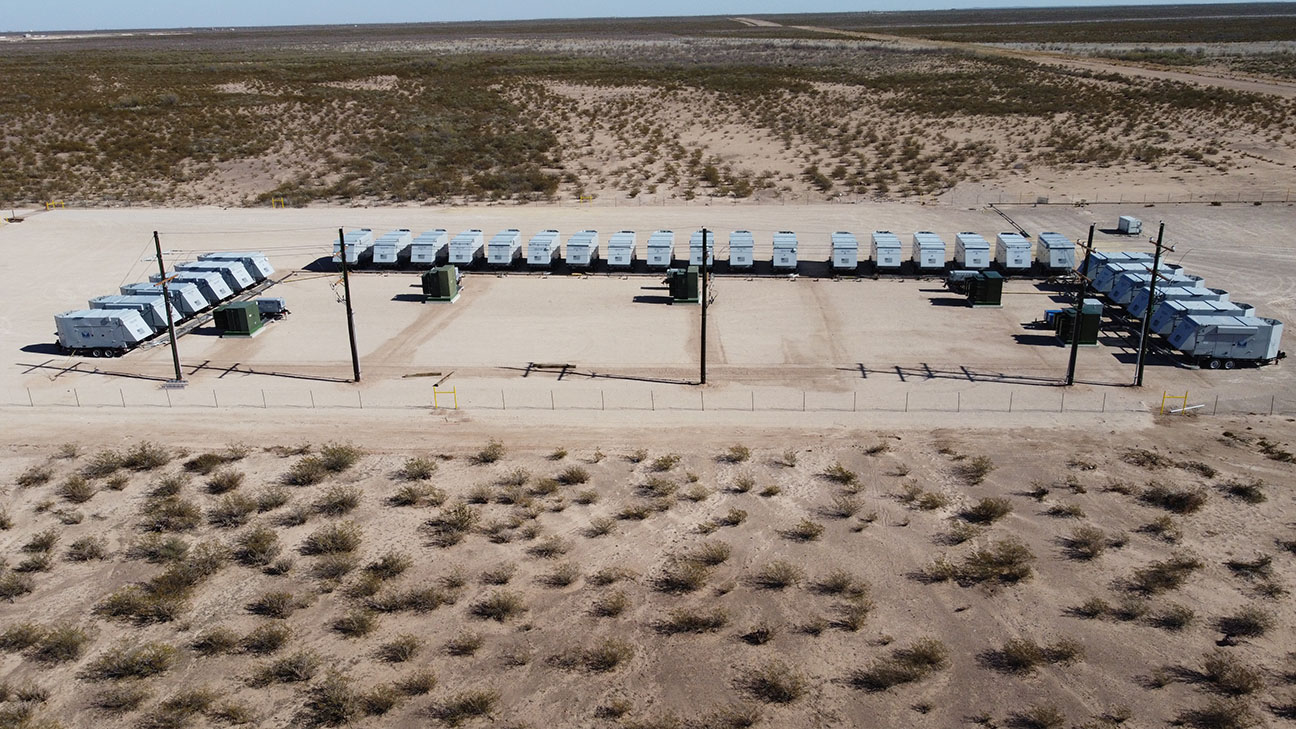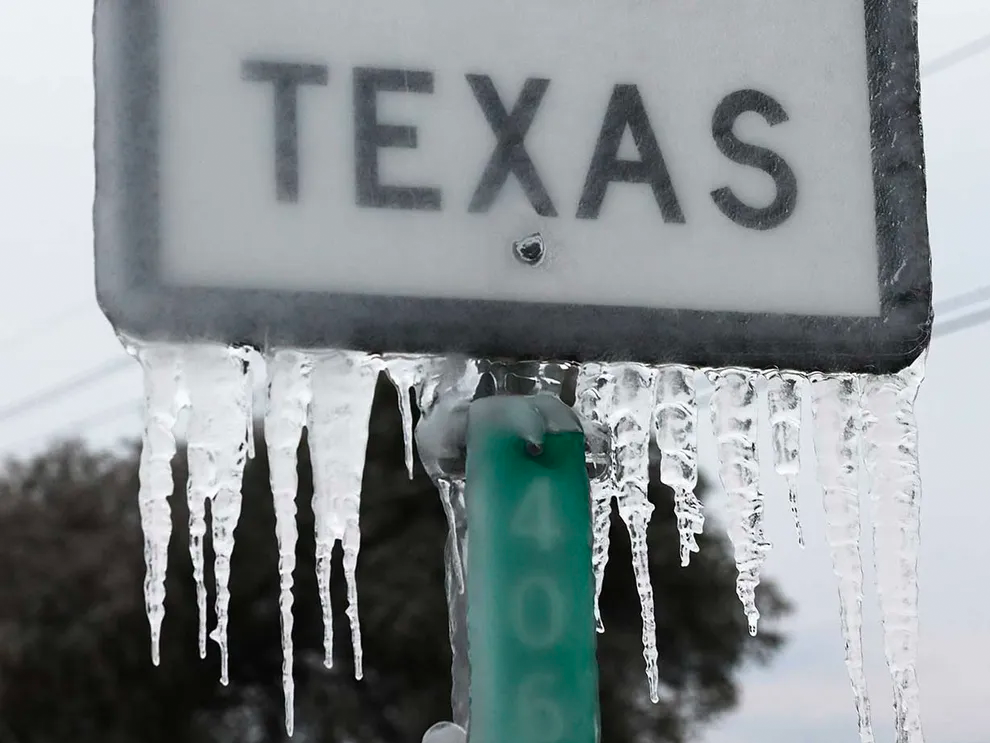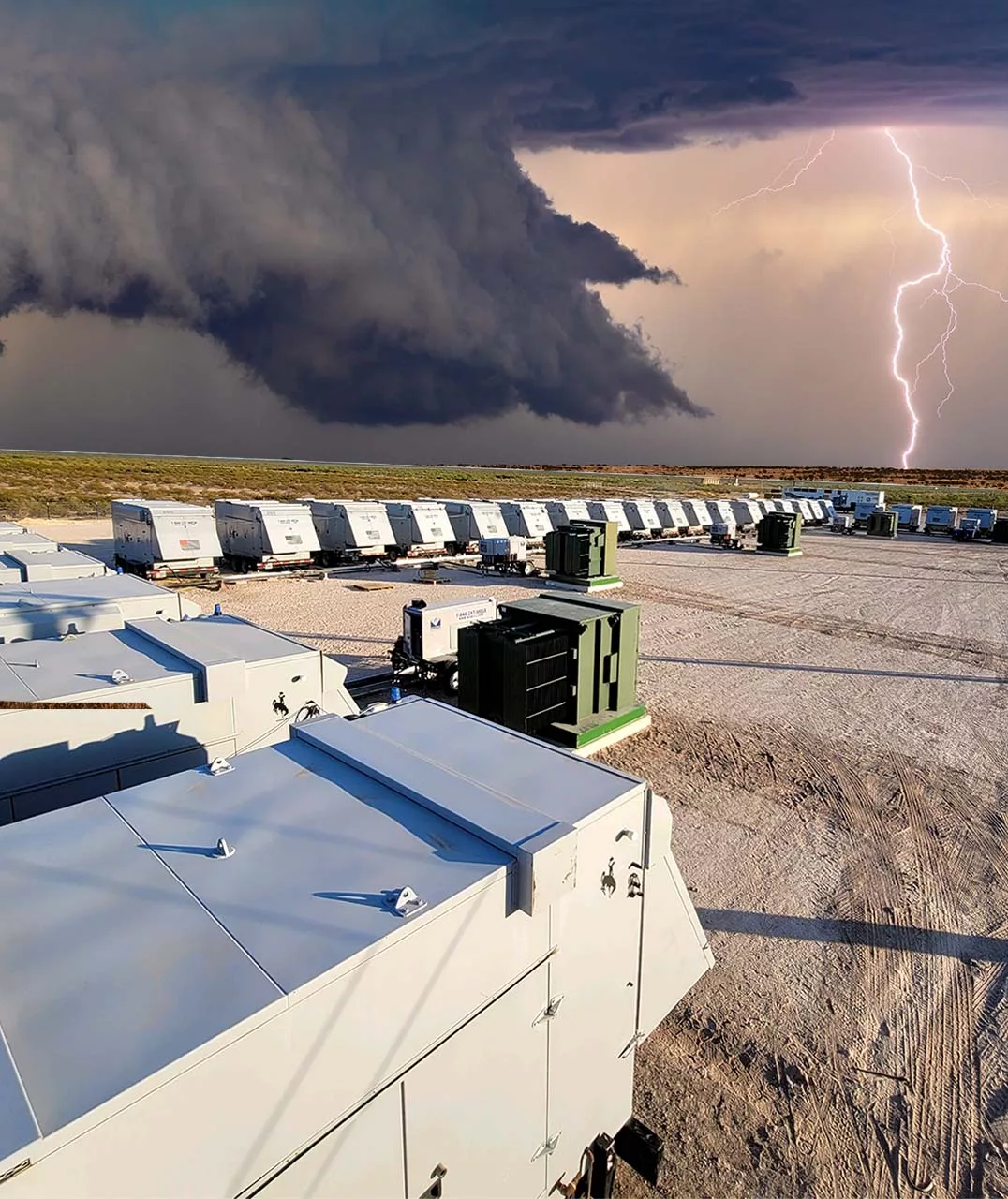In the intricate landscape of the modern electricity industry, Independent System Operators (ISOs) and Regional Transmission Organizations (RTOs) stand as vital guardians of grid stability and catalysts for efficient power markets. As electricity consumption continues to surge and the integration of renewable energy sources becomes paramount, understanding the roles, qualities, and differences between ISOs and RTOs becomes crucial. Moreover, exploring the benefits of a deregulated market, shaped in part by these entities, sheds light on the transformation of the power sector.
The Role and Qualities of ISOs and RTOs:
ISOs and RTOs are specialized entities responsible for managing, coordinating, and optimizing the transmission and distribution of electricity across defined geographic regions. Their primary aim is to ensure the reliable, safe, and efficient operation of the electric grid. By overseeing power generation, transmission, and consumption, ISOs and RTOs mitigate the risk of blackouts, improve power flow, and pave the way for the integration of diverse energy sources.
Key Qualities of ISOs and RTOs:
Grid Reliability
ISOs and RTOs prioritize grid reliability by constantly monitoring and managing the electricity system. They balance electricity supply and demand in real-time, ensuring that power generation matches consumption and maintaining frequency and voltage stability.
Market Facilitation
These organizations create competitive electricity markets, enabling generators, consumers, and traders to buy and sell electricity efficiently. By promoting open access and competition, ISOs and RTOs encourage innovation and drive down costs.
Resource Optimization
ISOs and RTOs optimize the use of available resources, integrating diverse energy sources like wind, solar, and hydro into the grid. Their sophisticated forecasting and scheduling tools enhance resource utilization and minimize wastage.
Transmission Planning
Both entities play a pivotal role in planning and expanding the transmission infrastructure. They identify areas of congestion and develop strategies to enhance grid capacity, enabling the seamless movement of electricity.
Differences Between ISOs and RTOs:
The primary distinction between ISOs and RTOs lies in their geographic scope and regulatory functions.
Geographic Scope
ISOs (Independent System Operators)
ISOs generally operate within a single state or a smaller region. Their focus is primarily on maintaining grid reliability, managing energy transactions, and facilitating market operations in a localized area.
RTOs (Regional Transmission Organizations)
RTOs encompass larger multi-state or multi-province areas. They have broader authority and responsibility, often overseeing not only reliability and market functions but also long-term grid planning, resource optimization, and interconnection facilitation.
Regulatory Functions
ISOs
While ISOs focus on day-to-day grid operations, they may also engage in market monitoring, administering capacity markets, and ensuring fair access for market participants.
RTOs
RTOs tend to have more comprehensive regulatory functions, including regional planning, maintaining resource adequacy, and fostering competitive markets through the development of tariff structures and market rules.
In conclusion, the roles of ISOs and RTOs as guardians of grid reliability and architects of efficient electricity markets cannot be understated. Their qualities, operational distinctions, and collaborative efforts have laid the foundation for the transformation of the power sector. Moreover, the benefits of a deregulated market, facilitated by these entities, offer consumers greater choice, innovation, and sustainable energy pathways. As we navigate the evolving energy landscape, the synergy between ISOs, RTOs, and deregulated markets continues to illuminate the path toward a resilient and sustainable energy future.
To read the other articles in this series see below links:
Part 1: The US Electric Grid: A Basic Overview
Part 2: Deregulated Markets vs. Regulated Markets: Illuminating the Electrical Landscape

